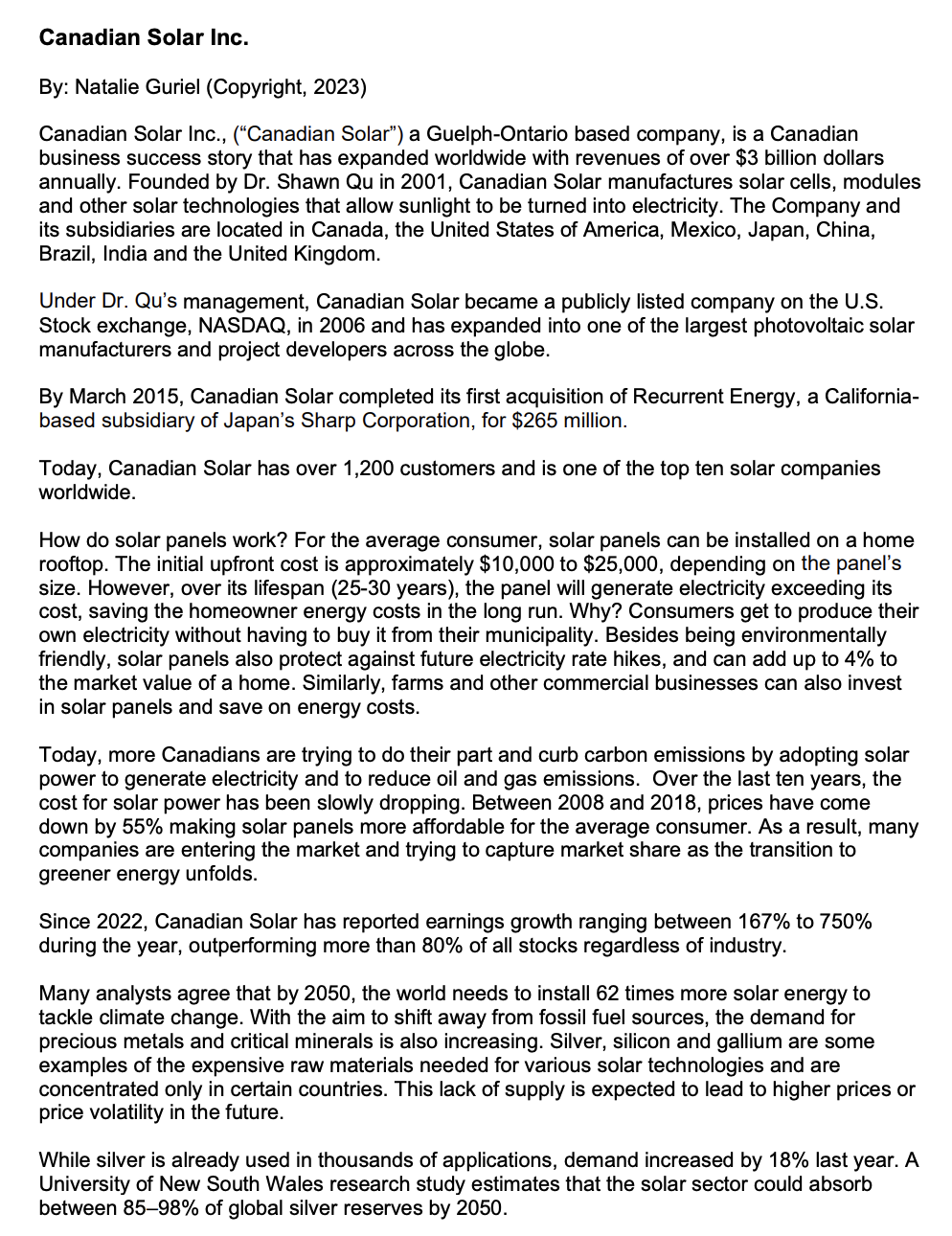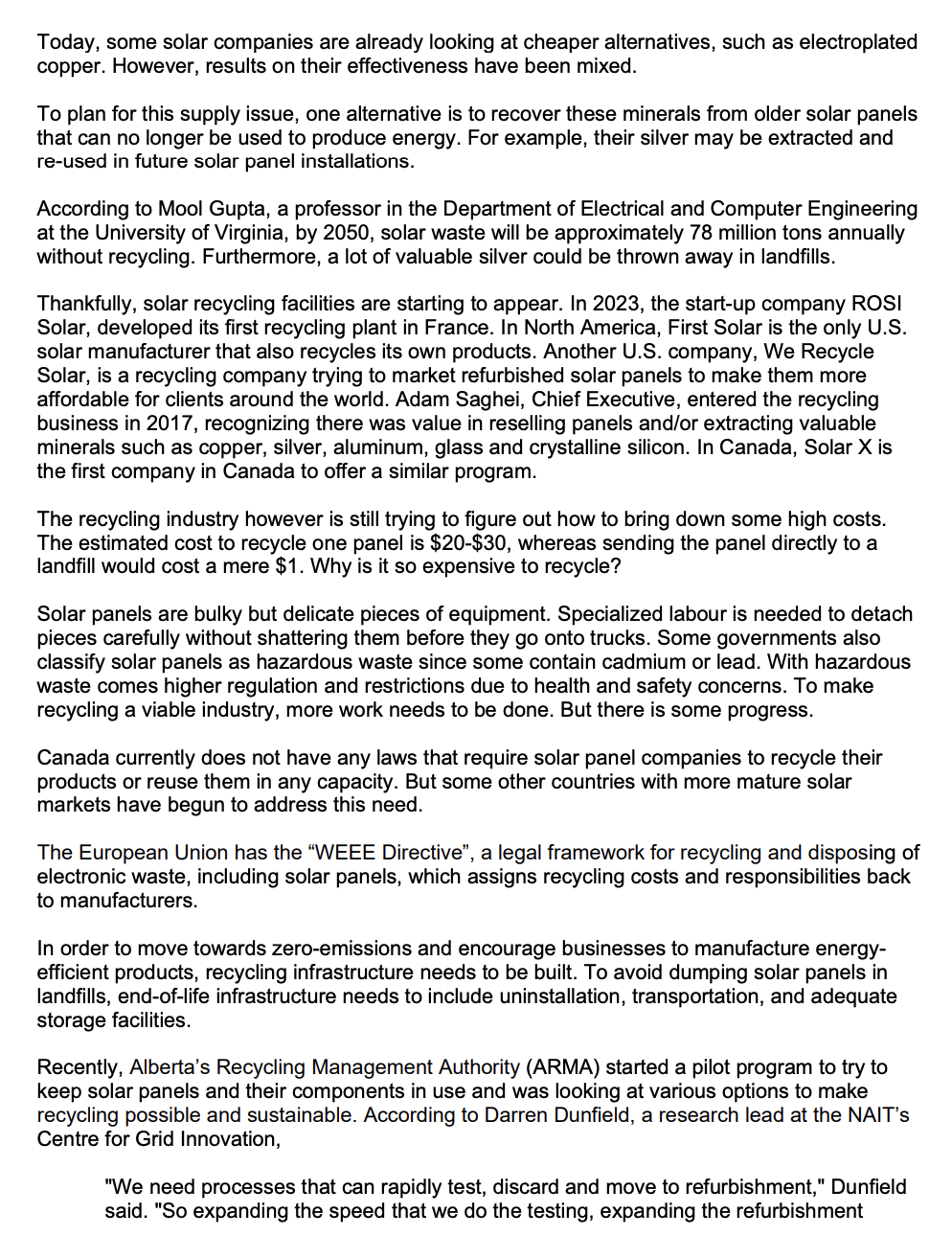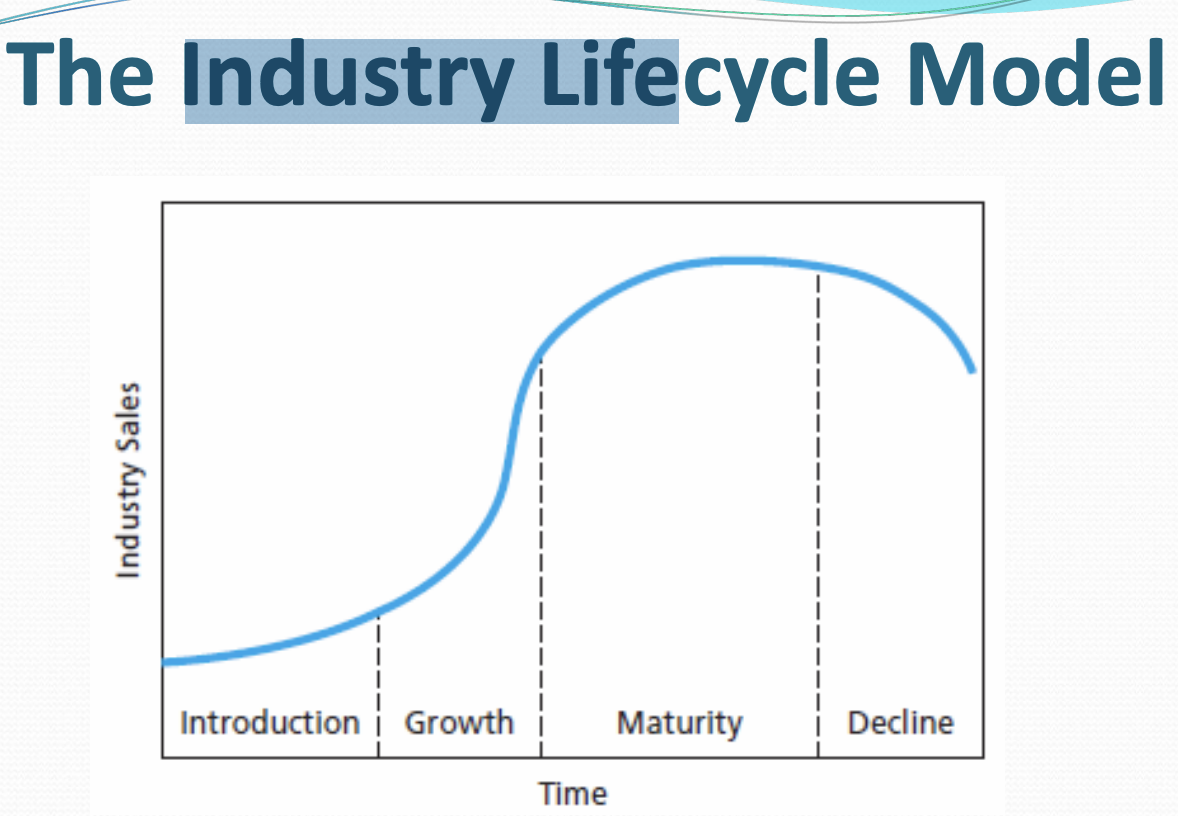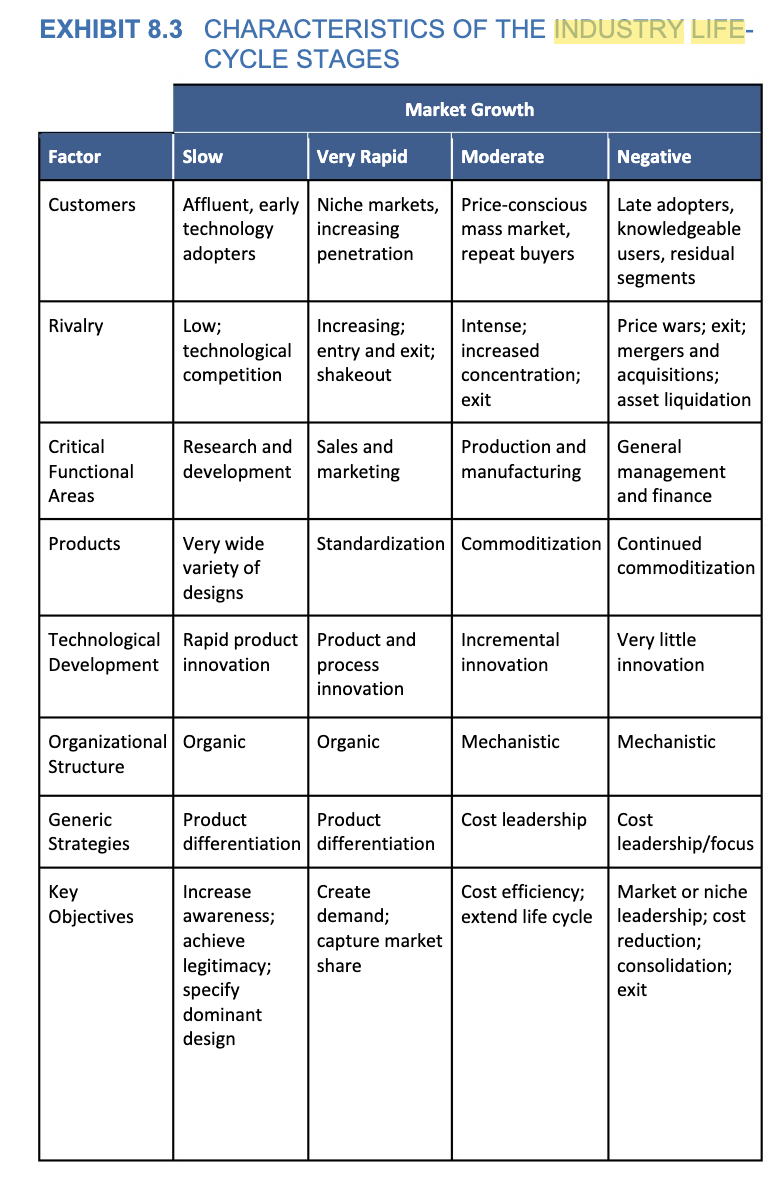Answered step by step
Verified Expert Solution
Question
1 Approved Answer
Canadian Solar Inc. By: Natalie Guriel (Copyright, 2023) Canadian Solar Inc., (Canadian Solar) a Guelph-Ontario based company, is a Canadian business success story that






Canadian Solar Inc. By: Natalie Guriel (Copyright, 2023) Canadian Solar Inc., (Canadian Solar") a Guelph-Ontario based company, is a Canadian business success story that has expanded worldwide with revenues of over $3 billion dollars annually. Founded by Dr. Shawn Qu in 2001, Canadian Solar manufactures solar cells, modules and other solar technologies that allow sunlight to be turned into electricity. The Company and its subsidiaries are located in Canada, the United States of America, Mexico, Japan, China, Brazil, India and the United Kingdom. Under Dr. Qu's management, Canadian Solar became a publicly listed company on the U.S. Stock exchange, NASDAQ, in 2006 and has expanded into one of the largest photovoltaic solar manufacturers and project developers across the globe. By March 2015, Canadian Solar completed its first acquisition of Recurrent Energy, a California- based subsidiary of Japan's Sharp Corporation, for $265 million. Today, Canadian Solar has over 1,200 customers and is one of the top ten solar companies worldwide. How do solar panels work? For the average consumer, solar panels can be installed on a home rooftop. The initial upfront cost is approximately $10,000 to $25,000, depending on the panel's size. However, over its lifespan (25-30 years), the panel will generate electricity exceeding its cost, saving the homeowner energy costs in the long run. Why? Consumers get to produce their own electricity without having to buy it from their municipality. Besides being environmentally friendly, solar panels also protect against future electricity rate hikes, and can add up to 4% to the market value of a home. Similarly, farms and other commercial businesses can also invest in solar panels and save on energy costs. Today, more Canadians are trying to do their part and curb carbon emissions by adopting solar power to generate electricity and to reduce oil and gas emissions. Over the last ten years, the cost for solar power has been slowly dropping. Between 2008 and 2018, prices have come down by 55% making solar panels more affordable for the average consumer. As a result, many companies are entering the market and trying to capture market share as the transition to greener energy unfolds. Since 2022, Canadian Solar has reported earnings growth ranging between 167% to 750% during the year, outperforming more than 80% of all stocks regardless of industry. Many analysts agree that by 2050, the world needs to install 62 times more solar energy to tackle climate change. With the aim to shift away from fossil fuel sources, the demand for precious metals and critical minerals is also increasing. Silver, silicon and gallium are some examples of the expensive raw materials needed for various solar technologies and are concentrated only in certain countries. This lack of supply is expected to lead to higher prices or price volatility in the future. While silver is already used in thousands of applications, demand increased by 18% last year. A University of New South Wales research study estimates that the solar sector could absorb between 85-98% of global silver reserves by 2050. Today, some solar companies are already looking at cheaper alternatives, such as electroplated copper. However, results on their effectiveness have been mixed. To plan for this supply issue, one alternative is to recover these minerals from older solar panels that can no longer be used to produce energy. For example, their silver may be extracted and re-used in future solar panel installations. According to Mool Gupta, a professor in the Department of Electrical and Computer Engineering at the University of Virginia, by 2050, solar waste will be approximately 78 million tons annually without recycling. Furthermore, a lot of valuable silver could be thrown away in landfills. Thankfully, solar recycling facilities are starting to appear. In 2023, the start-up company ROSI Solar, developed its first recycling plant in France. In North America, First Solar is the only U.S. solar manufacturer that also recycles its own products. Another U.S. company, We Recycle Solar, is a recycling company trying to market refurbished solar panels to make them more affordable for clients around the world. Adam Saghei, Chief Executive, entered the recycling business in 2017, recognizing there was value in reselling panels and/or extracting valuable minerals such as copper, silver, aluminum, glass and crystalline silicon. In Canada, Solar X is the first company in Canada to offer a similar program. The recycling industry however is still trying to figure out how to bring down some high costs. The estimated cost to recycle one panel is $20-$30, whereas sending the panel directly to a landfill would cost a mere $1. Why is it so expensive to recycle? Solar panels are bulky but delicate pieces of equipment. Specialized labour is needed to detach pieces carefully without shattering them before they go onto trucks. Some governments also classify solar panels as hazardous waste since some contain cadmium or lead. With hazardous waste comes higher regulation and restrictions due to health and safety concerns. To make recycling a viable industry, more work needs to be done. But there is some progress. Canada currently does not have any laws that require solar panel companies to recycle their products or reuse them in any capacity. But some other countries with more mature solar markets have begun to address this need. The European Union has the "WEEE Directive", a legal framework for recycling and disposing of electronic waste, including solar panels, which assigns recycling costs and responsibilities back to manufacturers. In order to move towards zero-emissions and encourage businesses to manufacture energy- efficient products, recycling infrastructure needs to be built. To avoid dumping solar panels in landfills, end-of-life infrastructure needs to include uninstallation, transportation, and adequate storage facilities. Recently, Alberta's Recycling Management Authority (ARMA) started a pilot program to try to keep solar panels and their components in use and was looking at various options to make recycling possible and sustainable. According to Darren Dunfield, a research lead at the NAIT's Centre for Grid Innovation, "We need processes that can rapidly test, discard and move to refurbishment," Dunfield said. "So expanding the speed that we do the testing, expanding the refurbishment ability of how many more we can salvage. Ultimately for me it's about removing them from the waste stream." The refurbished solar panels may not be able to generate electricity for the province's power grid due to certification and insurance issues, but the ARMA considers them a good fit for farmers who are looking to cut back on low-end energy use. In the U.S., on October 23, 2023, the Environmental Protection Agency (EPA) announced it would add solar panels to its universal waste regulations, as the demand for solar is growing. The U.S. has created other laws to support the transition to clean energy. The U.S. Inflation Reduction Act provides incentives for companies producing energy-efficient products that aim to reduce carbon emissions, attracting companies, creating jobs and stimulating local economies. In June 2023, Canadian Solar announced it would build a new solar manufacturing facility in Mesquite, Texas, costing about $250 million, taking advantage of these special tax breaks. In addition to expanding globally, Canadian Solar has also made an effort to be a good corporate citizen in its business activities and governs itself by international standards. By October 2023, Canadian Solar Inc. earned the "Sustainability Reporting of the Year - Global" award. According to a Canadian Solar news release: For three consecutive years, Canadian Solar has published sustainability and ESG reports aligned with the global standards set by the TCFD (Task Force on Climate- Related Disclosure), SASB (the Sustainability Accounting Standards Board) and GRI (Global Reporting Initiative). In the latest report, the Company has expanded its participation in international ESG initiatives, joining the United Nations Global Compact, committing to support and adhere to the Ten Principles of the UNGC on human rights, labor, environment, and anticorruption. Despite the company's sustainability initiatives, Canadian Solar has not yet developed a recycling program for its products which could end up in landfills. According to the International Renewable Energy Agency, Canada could have up to 800,000 tonnes of expired solar par by the year 2050. While there is progress being made, many stakeholders are calling on governments for a more collaborative and cooperative approach to help organizations make the switch to greener alternatives and meet international climate targets in a timely manner. Question #1 (20 Marks) a) What phase of the industry lifecycle model is the Canadian solar panel industry in? Support your answer with characteristics of the industry lifecycle stage and explain in detail with all case examples. (10 marks) b) What phase of the industry lifecycle model is the Canadian solar recycling industry in? Support your answer with characteristics of the industry lifecycle stage and explain in detail with all case examples. (10 marks) The Industry Lifecycle Model Industry Sales Introduction Growth Time Maturity Decline EXHIBIT 8.3 CHARACTERISTICS OF THE INDUSTRY LIFE- CYCLE STAGES Factor Customers Rivalry Critical Functional Areas Products Slow Generic Strategies Affluent, early technology adopters Key Objectives Low; technological competition Very wide variety of designs Organizational Organic Structure Research and Sales and development marketing Very Rapid Niche markets, increasing penetration Technological Rapid product Product and Development innovation. Increasing; entry and exit; shakeout Increase awareness; achieve legitimacy; specify dominant design Market Growth process innovation Organic Product Product differentiation differentiation Moderate Create demand; capture market share Price-conscious mass market, repeat buyers Intense; increased concentration; exit Production and manufacturing Standardization Commoditization Continued Incremental innovation Mechanistic Cost leadership Negative Late adopters, knowledgeable Cost efficiency; extend life cycle users, residual segments Price wars; exit; mergers and acquisitions; asset liquidation General management and finance commoditization Very little innovation Mechanistic Cost leadership/focus Market or niche leadership; cost reduction; consolidation; exit
Step by Step Solution
★★★★★
3.40 Rating (147 Votes )
There are 3 Steps involved in it
Step: 1
For several reasons the Canadian federal government may be vital to Canadian businesses in the solar panel recycling sector as the guardian of business The following arguments are backed up by realwor...
Get Instant Access to Expert-Tailored Solutions
See step-by-step solutions with expert insights and AI powered tools for academic success
Step: 2

Step: 3

Ace Your Homework with AI
Get the answers you need in no time with our AI-driven, step-by-step assistance
Get Started


